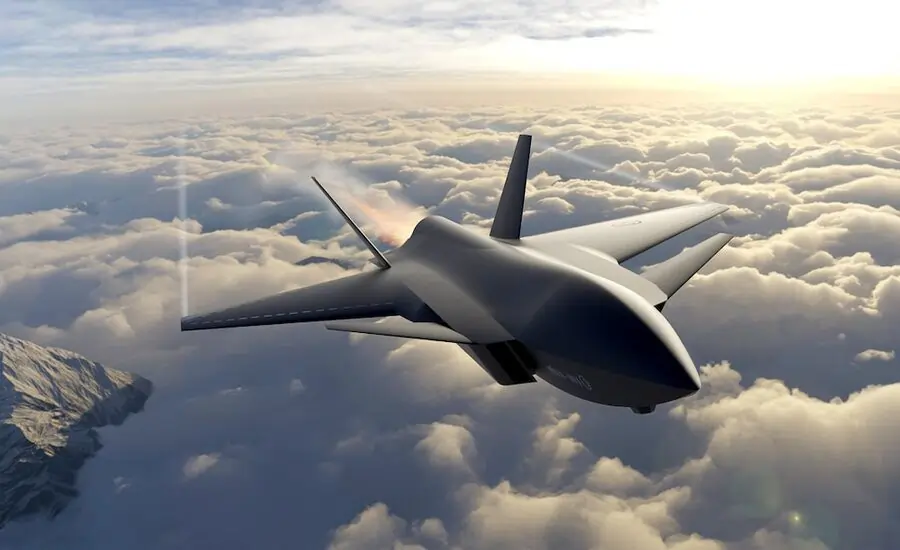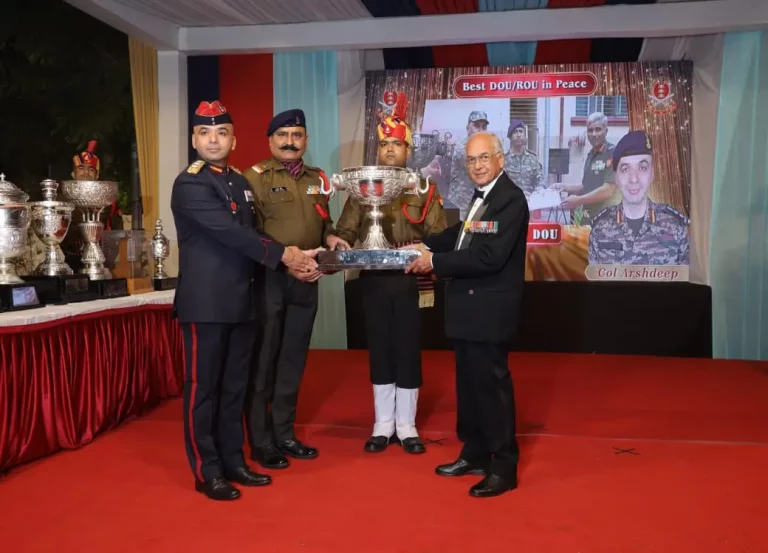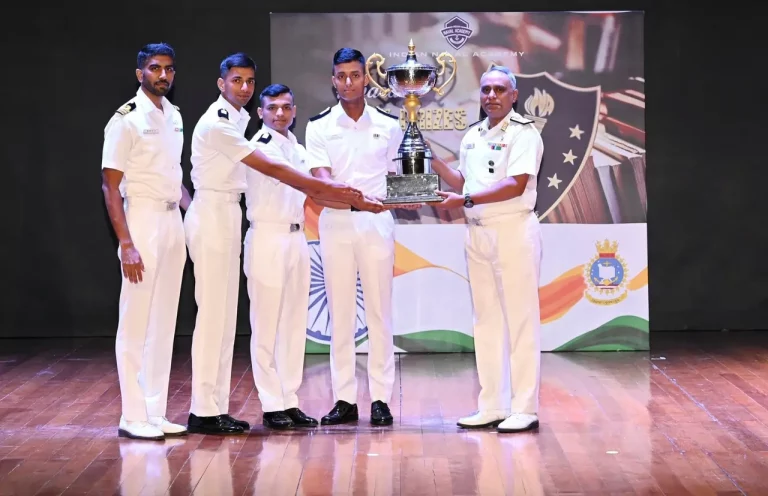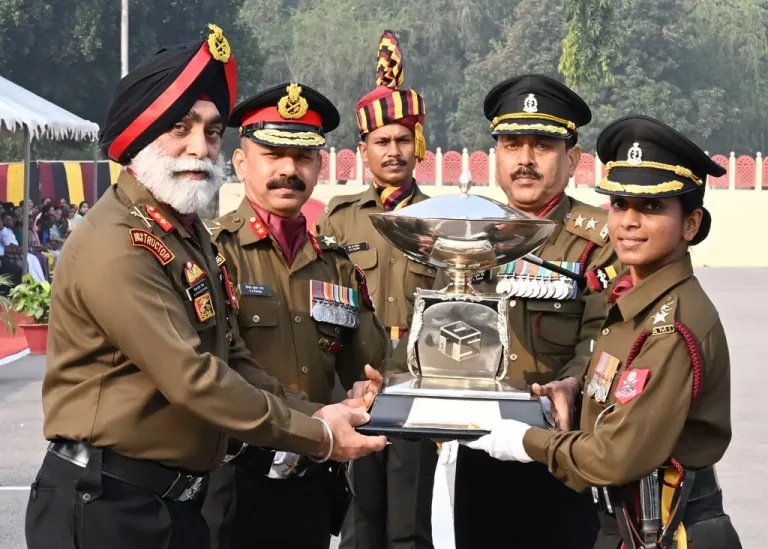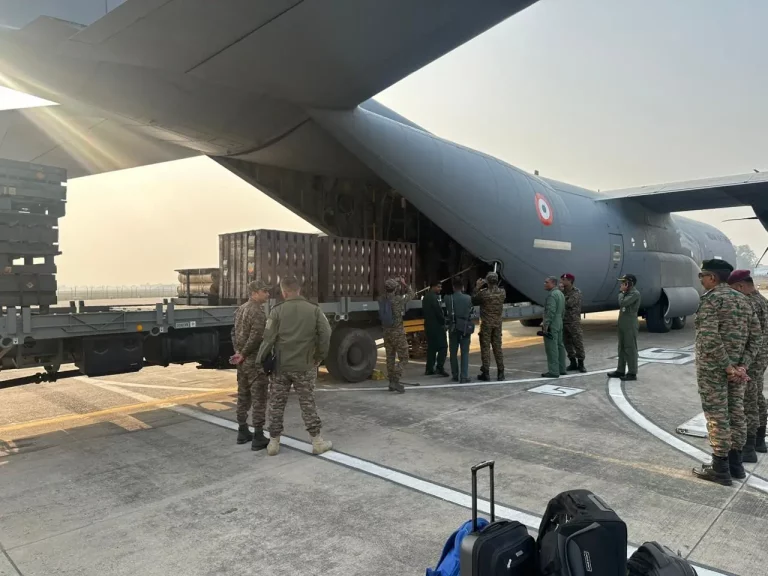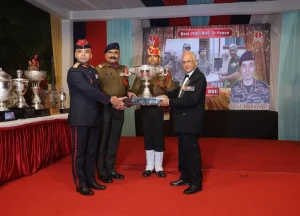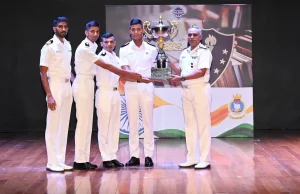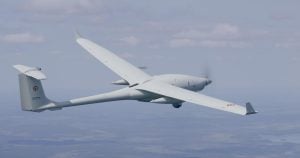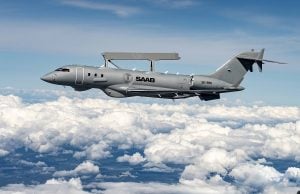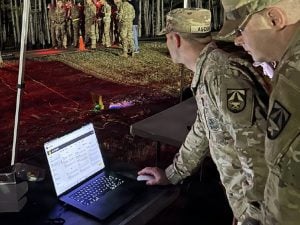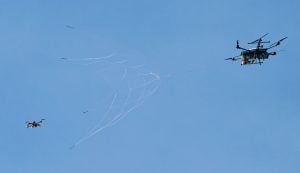The Defence Research and Development Organisation (DRDO) has reached a significant milestone in the journey toward the creation of India’s Futuristic Unmanned Fighter Aircraft (FUFA), having successfully concluded the Preliminary Design Review (PDR). This accomplishment marks a critical step in the development of a next-generation autonomous combat platform that is set to transform India’s aerial defense capabilities.
Completion of the PDR confirms that the aircraft’s fundamental design and configuration have been meticulously finalized and evaluated for feasibility, technical integrity, and operational effectiveness. This thorough review acts as a foundation for the next phase of development. Following this achievement, DRDO has initiated wind tunnel testing of various FUFA models. These tests will validate critical aspects of the aircraft, including its aerodynamic performance, stealth capabilities, and stability in simulated flight scenarios. Such evaluations are essential for fine-tuning the design and optimizing the aircraft’s overall performance prior to the development of operational prototypes.
FUFA leverages advanced technologies accumulated from DRDO’s earlier unmanned projects, notably the Stealth Wing Flying Testbed (SWiFT). SWiFT has successfully demonstrated capabilities such as stealth operations, autonomous navigation, and high-speed flight control, laying a strong groundwork for FUFA. Designed to operate in tandem with manned aircraft, the upcoming unmanned fighter is expected to provide the Indian military with enhanced flexibility on the battlefield and an increased operational range.
Positioned as a sixth-generation unmanned combat platform, FUFA is engineered to integrate high stealth features, achieve supersonic speeds, incorporate advanced avionics, and utilize sophisticated weapon systems. The commitment to developing FUFA reflects India’s strategic focus on advancing homegrown aerospace technologies, particularly in areas like stealth design, propulsion systems, autonomous flight, and armaments integration.
Upon the successful completion of prototype testing and flight trials, FUFA is anticipated to significantly bolster India’s air combat capabilities. This advancement will not only enhance the operational effectiveness of the Indian Air Force but also align with global trends in the evolution of next-generation unmanned fighter aircraft. As these developments unfold, they represent a pivotal moment in India’s pursuit of self-reliance in defense technology and greater sovereignty in aerospace capabilities.
